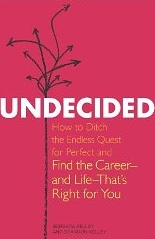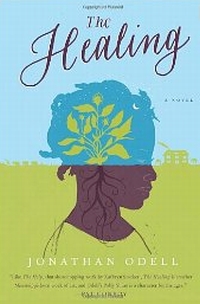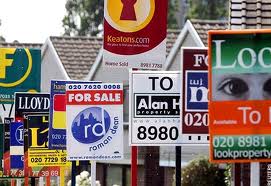In a previous post I wrote about how conventional marriage makes women and children vulnerable to poverty. The fact is that the majority of those made poor are women and children. But the ideal of conventional marriage is very powerful in our culture and idolized in magazines (Bride’s for example), wedding rituals (father giving away the bride, showers, bachelor parties, etc.) and in the way we idolize motherhood, but not fatherhood. It’s further promoted by men paying women less than men for the same work and inculturating women to be the primary care providers for children. Let’s be clear – women and children don’t just happen to succumb to poverty. People don’t just happen to be poor. They are made poor by men.
Starting with the fictional idea that there is a “public” and “private” realm – men grab power over the “public” realm and women are mostly relegated to the “private.” This means that men make laws and decisions affecting both “realms,” with women having almost no voice.
The result of these fictional realms is this, for example: violence committed against men in the “public realm” is considered assault and directly punishable by law. Violence committed by men against women or children in the “private realm” – at home – is considered a “domestic” issue and often not reported, much less punished.
The best thing we can do – as women – is not to buy into the cultural fiction that home or family is primarily the domain of women, or that “family” is everything. Ask questions -especially of men.
Get educated. Read. Genetic linkage is just that – genetic only. Where’s the arbitrary cut off line? If you go back far enough ALL are family. The idea of a “private” realm (mainly for women) and a “public” realm (for men) is pure fiction and promoted to the benefit of men who make decisions affecting everyone in the public realm and keep women powerless and poor in the private. There are no separate “realms.” All is political and women should have an equal voice in either. This means participating in political discussions. Other fictions include nationalism, “family first/only,” tribalism, clanism, etc. Ask, who is really “my family”? We all are – even though there are people with whom we have close emotional ties.
You may also like What Patriarchy Looks Like Everyday.


